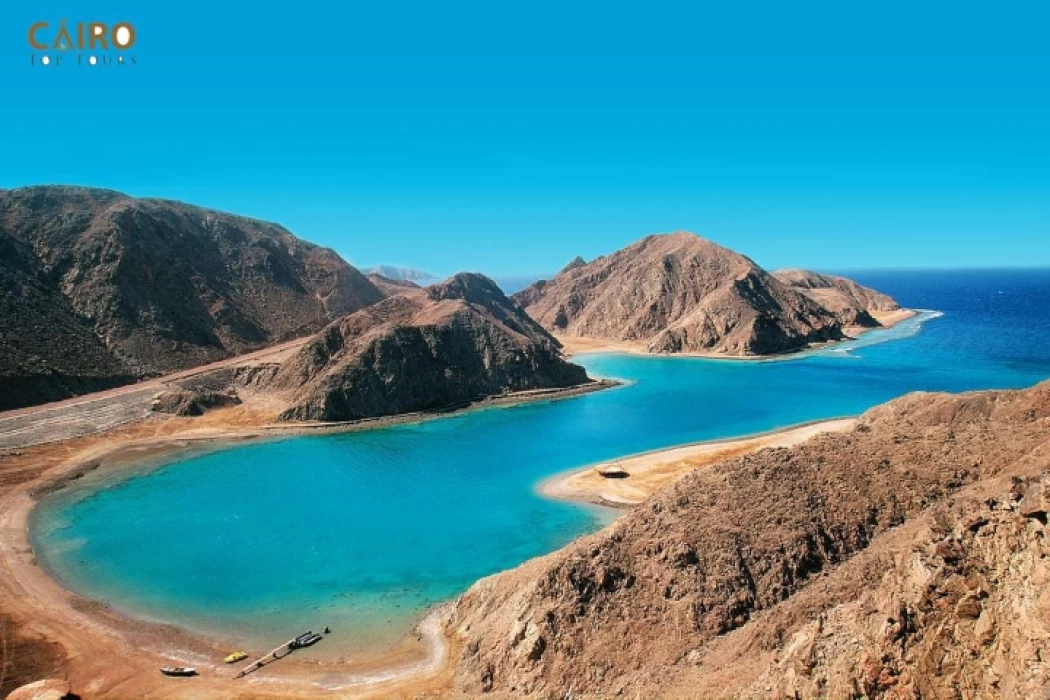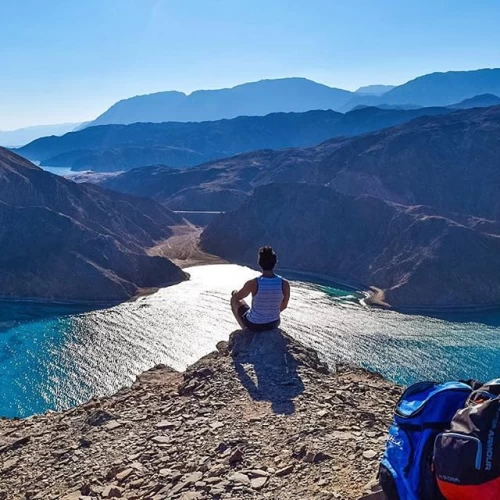
Taba
Taba is a city located in Egypt, governed by the South Sinai Governorate. It is strategically positioned at the northern edge of the Gulf of Aqaba, bordered by a mountain range and the eastern Taba plateaus on one side, while the Gulf of Aqaba's waters lie on the other. The city has an approximate population of 3,000 inhabitants and covers an area of about 508.8 acres, situated 240 kilometers north of Sharm El-Sheikh. It is particularly notable for being the busiest border crossing point in Egypt.
Visitors to Egypt have the chance to enjoy its beautiful white sandy beaches, abundant sunshine, clear blue waters, and warm climate along the Red Sea. Day trips from Hurghada, the nearest city with air travel connections to Luxor, provide opportunities to discover the archaeological treasures of ancient Egypt through Luxor day tours. Sharm El-Sheikh is one of the best places to experience the stunning beaches, offering exceptional coastal experiences and renowned luxury tours.
The city boasts several important tourist attractions, including the Flag Platform, which serves as a memorial for the raising of the Egyptian flag in Taba on March 19, 1989. Additionally, a traditional Bedouin village has been established, comprising 198 Bedouin homes, a school, a health unit, and 60 shops and youth centers, all designed to support the Bedouin communities, particularly those from Wadi Al-Marakh, with an investment of around 50 million pounds. Moreover, the Taba Museum plays a vital role in safeguarding the city's history, featuring three halls that house over 700 artifacts, which narrate the lives of the people of South Sinai from the Pharaonic era to modern times.
Until recently, the primary significant structures in this region, apart from the border guards, consisted of a bus station and a Hilton hotel located near the border. Currently, Taba has evolved to feature several cafes, restaurants, and a hotel; however, most visitors primarily transit between Egypt and Israel.
Taba
Pharaoh Island is situated 10 kilometers from the city of Aqaba in Jordan and merely 30 meters from the Sinai beach. It is the site of the ancient castle of Salah al-Din, which was established by the leader Salah al-Din in 1171 AD to defend against Crusader invasions and protect the Egyptian pilgrimage route through Sinai. In 1182 AD, Prince Arnat, the lord of Karak Fort, laid siege to the island with the intention of blocking the Red Sea for Muslims and monopolizing trade routes to the Far East and the Indian Ocean by capturing Ayla (modern-day Aqaba) to the north and Aden to the south. The courageous Abu Bakr bin Ayoub resisted him under the orders of his brother Salah al-Din, in preparation for the Battle of Hattin. The castle includes defensive structures, a weapons manufacturing facility, a war council room, accommodations for soldiers, a baking oven, grain storage, a steam bath, water reservoirs, and a mosque built by Prince Husamuddin Bajil bin Hamdan. Constructed from granite firestone sourced from the hill on which it stands, the castle is an extraordinary historical site. I encourage all tourists to ask any questions, as I am your guide specializing in Egyptology and am present on Egyptian soil.















